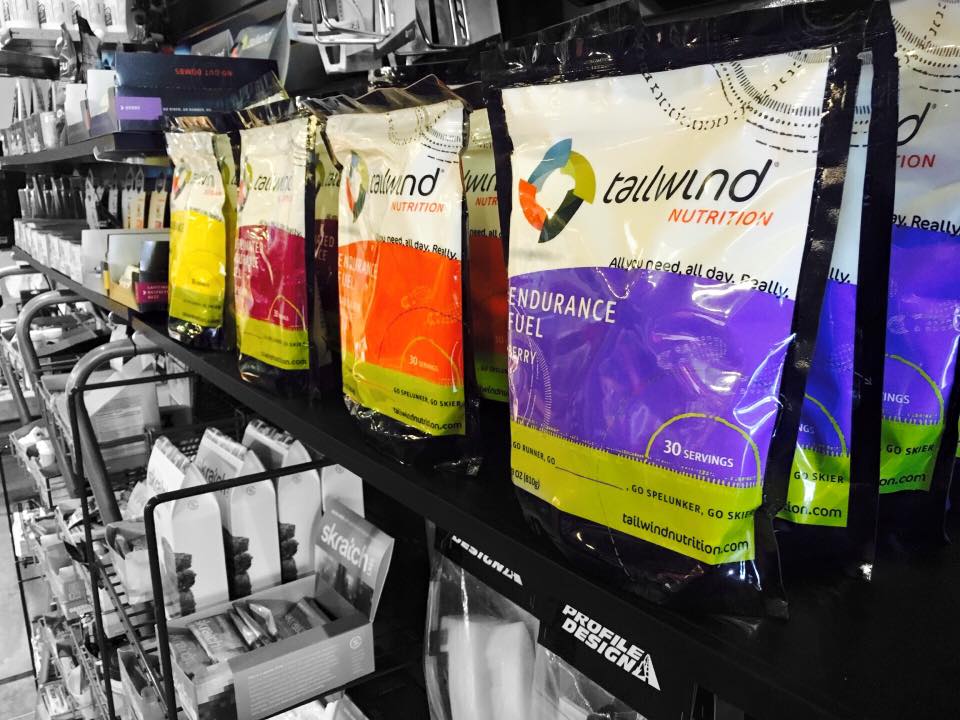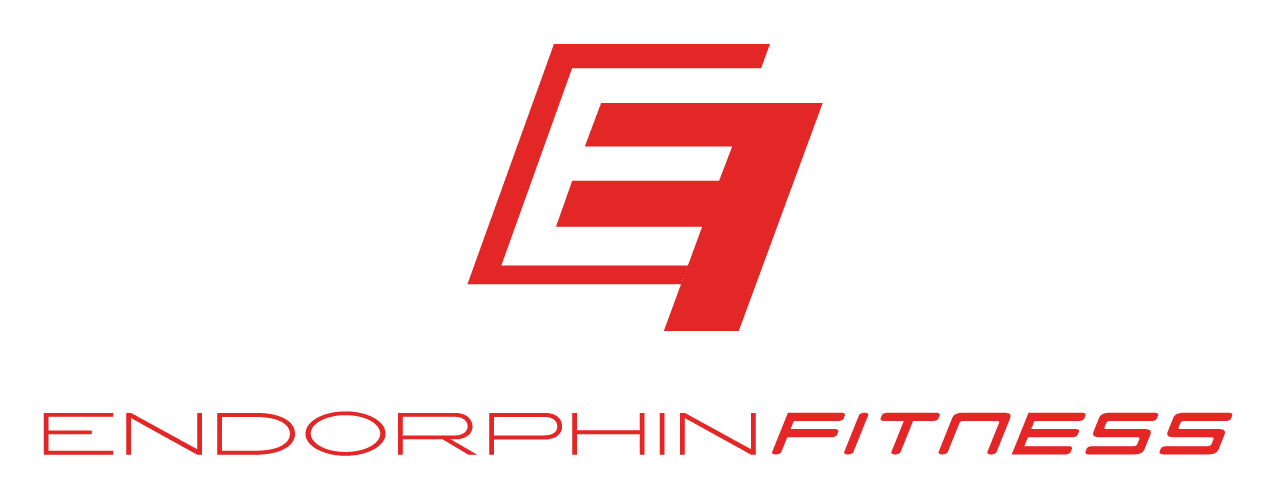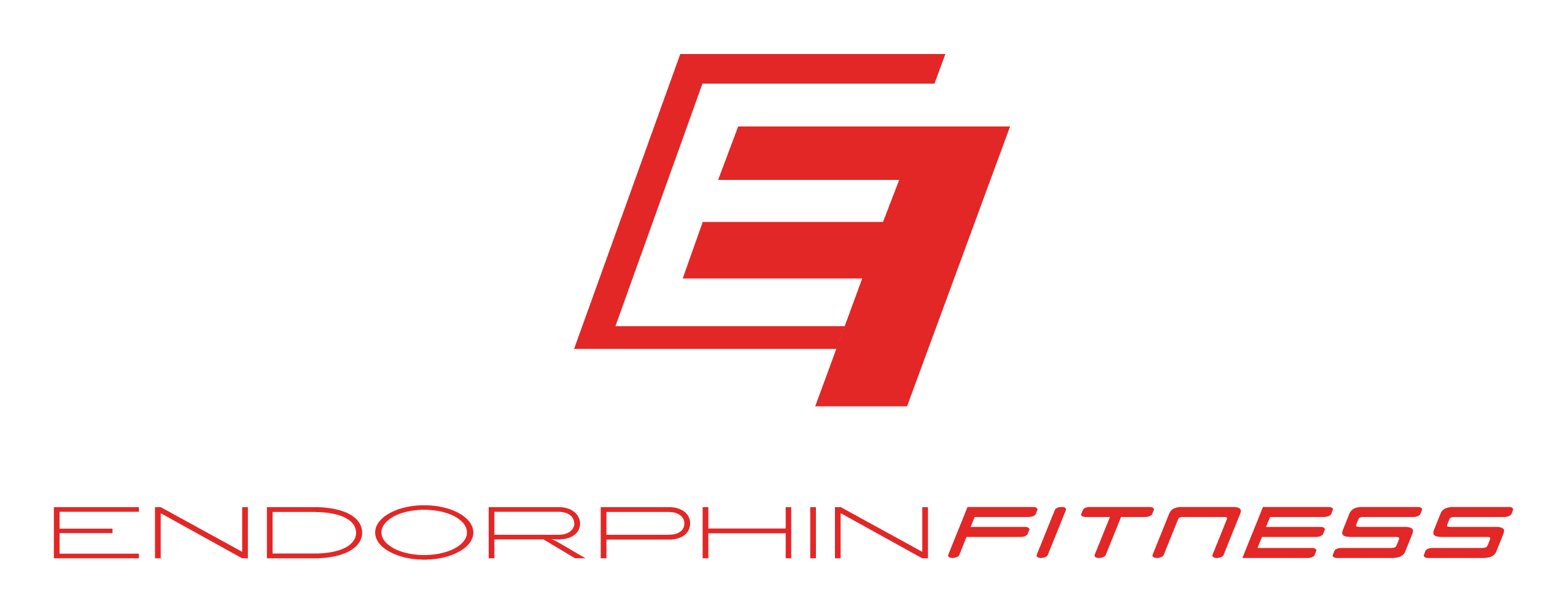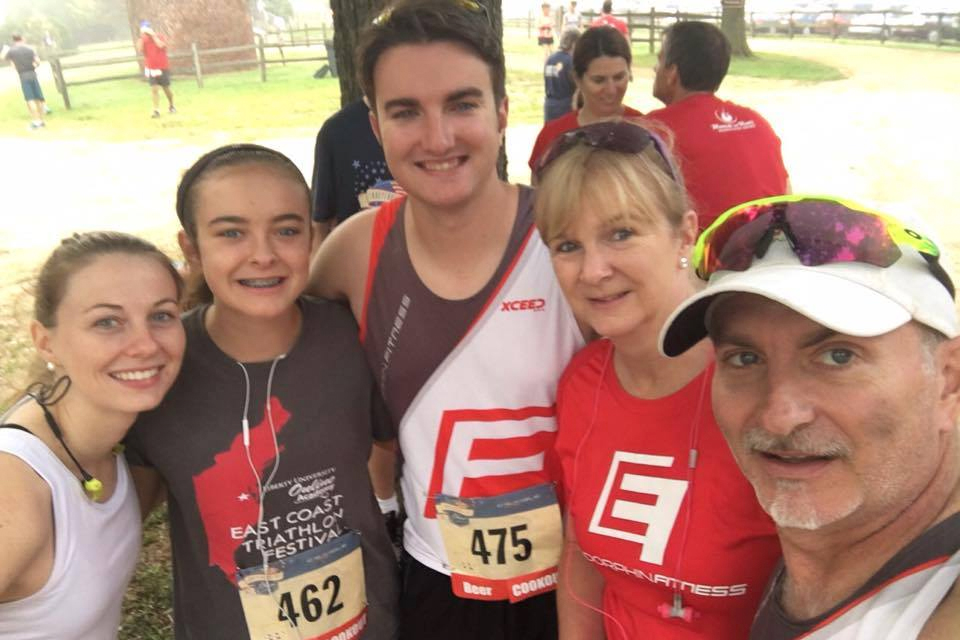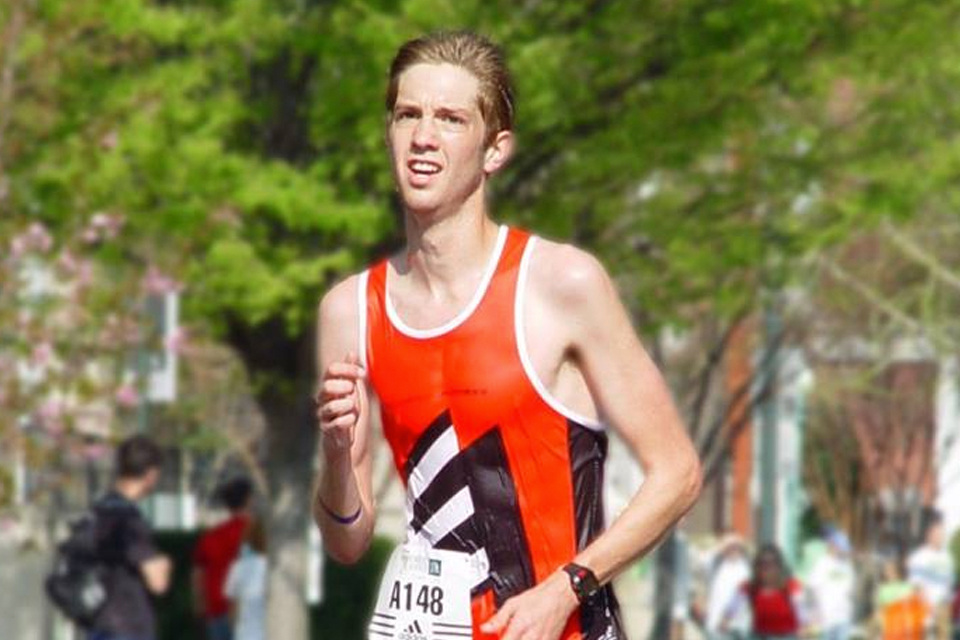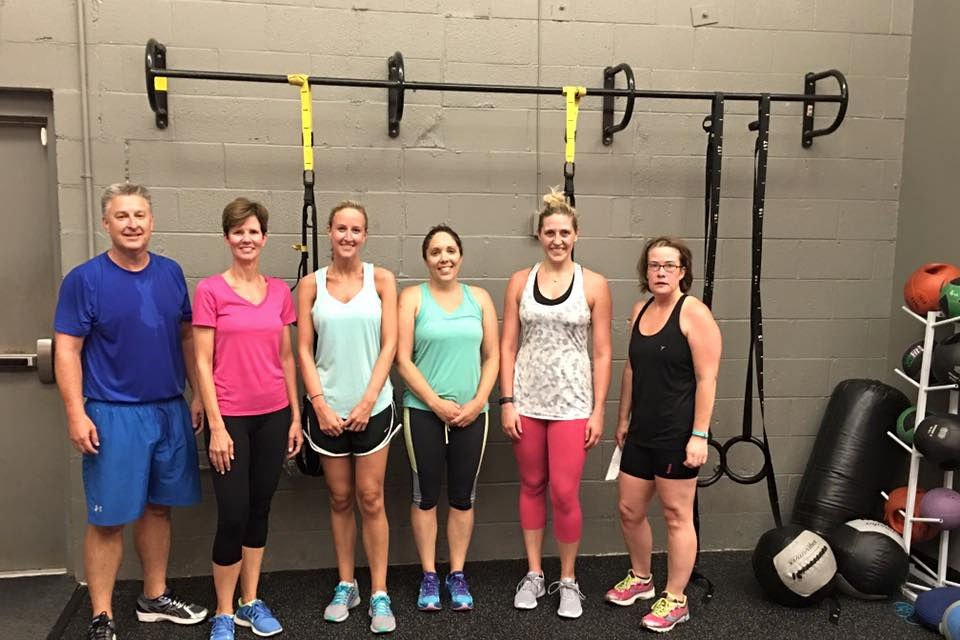Once all the workouts are completed and the hay is in the barn, nutrition will make or break your race. To perform optimally, you need to feed your body with optimal fuel. This is the case with a 5k, a sprint triathlon, or an Ironman – regardless, nutrition matters.
This article will take you through race nutrition from two weeks out from the race to the hours following the race. Good nutrition does not start and end on race day but it should be a habit we utilize every day we train. Therefore, the strategies outlined below can and should be applied to your training as well, especially your intense and/or long workouts. For recovery workouts, assuming you are eating well, you should be fine with just water as you do not need the extra calories.
1–2 WEEKS OUT FROM RACE
It is time to begin re-building, re-fueling and preparing your body for the rigors of racing. This is the time to do all the things nutritionally you know you should be doing on a daily basis but may not always follow. Look at food as fuel and make sure you are only consuming the highest quality nutrients. Cut out non-essential food that will not aid your body in performing optimally. Unnecessary fats, calories, and simple sugars should all be minimized or eliminated to make sure your body is getting only the highest quality nutrients. If you regularly consume alcohol, this is a good time to minimize or eliminate it from your diet as alcohol inhibits your body’s ability to rebuild and reduces the red blood cells’ ability to absorb oxygen. If you regularly consume caffeine, now is the time to drastically reduce or eliminate this from your diet as well. You may know that caffeine can be used as a performance enhancer, but this is only the case if your body is not used to it and thus de-sensitized from the effects.
Fruits and vegetables should be eaten regularly during this time as they provide the bulk of the amino acid building blocks that your body needs to repair itself from the hard training you have been subjecting yourself to in the weeks and months leading up to your race. Combine fruits and vegetables with small portions of lean meats as well as proper carbohydrate levels to fuel your workouts and you have a powerful package of fuel to allow you to perform optimally.
I do caution you to be careful of over-consumption, especially with regard to simple and complex carbohydrates during this period. You may have the same hunger and desire to eat, but your body will require far fewer calories with your dramatically reduced training load during this period. Scale back slightly and consume only the calories needed for your current level of training.
3-5 DAYS OUT FROM RACE
As we enter race week, begin to add more complex low-glycemic index carbohydrates during this period. Whole grains, brown rice, and other complex carbohydrates are great choices to bring your body to peak fitness. Stick to lean meats and still consume adequate fruits and veggies to repair and re-build. Make sure you are drinking plenty of water – start and finish each day with a large glass of water to ensure this is the case.
1-3 DAYS OUT FROM RACE
This is the most important dietary period for racing performance and the traditional carbo-loading period. Consume frequently (4-6 meals a day) including some form of carbohydrate at each. Start to reduce fiber consumption by reducing the amount of fruits and veggies. Increase your sodium intake, an important electrolyte to performance, by adding some extra salt on your food at all meals. Continue to drink lots of water. Your bodyweight may increase slightly – this is a sign that your body is storing extra liquid and glycogen – this means that you are fueling properly. Two nights before the race should be your last big meal (though don’t go crazy) – whole grain carbohydrates are preferred at this time.
DAY BEFORE RACE
You want to start with a large, balanced breakfast that is normal for you and then eat frequent, small meals throughout the day. Lunch should be split it into two smaller meals at 11am and 2 pm. Snack throughout the day on predominately carbohydrates though it is ok to balance with a little protein. Dinner should be light and balanced with foods that are normal to your stomach. Try to finish dinner before 7pm and snack later if hungry. Continue to focus predominately on whole grain carbohydrates with minimal fat and fiber. Extra salt/sodium and plenty of water is a good thing and very important.
RACE DAY BREAKFAST
It is preferable, though rarely possible to eat a meal 4-5 hours before race start. If you are able to do this, 1000-1500 calories is ideal to stock your glycogen stores. If you are eating breakfast within 3 hours of the event, make it a little lighter around 500-800 calories. You are looking for whole grain, carbohydrates for this meal (i.e.: whole grain bagel, whole grain waffles, oatmeal). Consume little to no fiber and fat – no fruit, veggies, eggs, bacon, cream cheese, and butter. Start drinking water as soon as you get up and continue to drink until 60-75 minutes before the race start.
Coffee can be resumed at this time if it is part of your plan for performance and habit. Waiting until 20-40 minutes before the race for caffeine consumption will give you the optimal effect.
LEADING UP TO THE START
At 60-75 minutes from the race start, it is time to start consuming high-glycemic carbohydrates that will become available for the race. Switching from water to a sports drink is extremely important at this time to ensure you are fueling your body with the adequate carbohydrates and electrolytes (sodium, potassium, chloride) to perform. You should consume around 24 ounces of a quality sports drink in the last 60-75 minutes before the race. If you like to eat something close to the race, eat a bar or something like it 1-1.5 hrs before. If you still want something right before, consume one 100 calorie gel fifteen minutes before the start.
DURING RACE
There are a few key nutritional benchmarks (shown below) that are essential during any race. Implement these benchmarks in your training and commit to hitting them in the race.
Sports Drink: Approximately 24 ounces (a standard sports bottle) per hour of a quality sports drink (Accelerade, Gatorade Endurance, Powerbar Perform, etc). Notice that water is not recommended here as this dilutes your body of essential electrolytes that are present in sports drinks. This is a big mistake many make in racing!
Calories: 300-400 calories/hour on bike and 200-300 calories/hour on the run as your body does not digest as easily on the run. This is a combination of your entire intake including gels, solids, fluids, etc. You need to train your body to be able to consume this amount of calories. Long rides and runs are great opportunities to work on consuming more calories.
Sodium: 600-1000 mg/hour combined with all intake. Sodium is one of the key electrolytes – consuming enough is extremely important but often overlooked. Too little sodium will lead to dehydration, cramping, and deteriorated performance. If you feel any of these coming on, it is time to take more sodium. If it is a hot day and/or you are a heavy sweater, you should be on the upper end of this scale. If it is a cooler day and/or you sweat less than most, you can get by with less. To hit this goal, it often requires sodium supplementation. I like a product called S-Caps which have 340 mg of sodium per capsule. I always have these close by in races and recommend the same for my athletes.
Below is an overview of what a few popular supplements have nutritionally:
Drinks (24 ounces)
– Skratch: 120 Calories / 540 mg Sodium
– Gatorade Endurance: 150 Calories / 600 mg Sodium
– Accelerade: 240 Calories / 380 mg Sodium (Protein)
– EFS: 182 Calories / 600 mg Sodium (Other Electrolytes)
Gels/Blocks
-Gu: 100 Calories / 60 mg Sodium
–Accel Gel: 100 Calories / 100 mg Sodium (Protein)
–First Endurance Liquid Shot: 100 Calories / 100 mg Sodium
–Clif Shot Blocks (3): 100 Calories / 70-210 mg Sodium
–Powergel: 110 Calories / 200 mg Sodium
Bars
–Clif Bar: 250 Calories / 150 mg Sodium
–Powerbar: 230 Calories / 200 mg Sodium
– Bonk Breaker: 260 Calories / 160 mg Sodium
Other
–S-Caps: 0 Calories / 340 mg Sodium
In long races, the SWIM has the potential to leave you at a caloric deficit pre-race nutrition is so important as well as that you begin replenishing immediately upon exiting the water. If you have not practiced consuming nutrients right after the swim, wait until 5 minutes into the bike to do so to give your body time to adjust to the flow of blood from arms to legs. You can assist with this by adding more kicking in the final leg of the swim. For Half or Full Ironman races, you may consider tucking a gel in your suit as well and consuming at the mid-way point of the swim. Again, practice this before race day.
The BIKE is the time to consume the bulk of your calories as digestion rates are best. Consuming 300-400 calories an hour is a good goal for about 90% of athletes. Some have trained their stomachs to handle up to 500 calories but this takes practice. You have to be aware of what your body is telling you. You may experience a small pouch or sloshing feeling in your stomach – this is telling you that there are calories waiting to be digested which is being prevented from doing so by your level of intensity. Slow your intensity and/or simply wait until this feeling passes and then resume your nutrition plan.
For Sprint and Olympic, your calories should come from fluids and possibly a gel if you have practiced during training. For Half and Full Ironman, some choose to race without solids, but most want something to vary intake and fill your stomach slightly. I personally like to include solids and less gels on the bike for longer races to fill me up – I would not consume only liquids during a given day so how can I expect this to be ok while training/racing for the better part of the day. If you like solids, find a few things that agree with you and vary them through longer races so you don’t get sick of any one thing. This applies to your sports drink and gels as well. Energy bars work great here or even more normal foods as long as they are fairly high-glycemic and low fiber.
Space your nutrition out evenly throughout the bike while consuming in small portions. With that said, give yourself a few minutes at the beginning of the ride to allow the blood to flow to your legs and taper nutrition off near the end of the ride so that your body is ready for the slower digestion that comes with running. This will also allow you to begin the run with as much blood available to your legs as possible as blood is required for digestion. Again, you can train your body to be better at these transitions and thus take in nutrition sooner.
On the RUN, settle into your pace and give yourself a few minutes before consuming any nutrition. Remember that your digestion rate is slower on the run so you will need to consume less than on the bike and be very aware of what your body is telling you.
If you are doing the Sprint or Olympic and fueled well up to this point, you should not need much on the run so drink based on what your body is telling you. For Half or Full Ironman races, you need to keep up your nutrition to prevent bonking at the end. Settle in for the first 5-10 minutes and evaluate how your stomach feels. If you feel good, start taking in nutrients at about 200 calories an hour. If you have practiced, you can take in as
much as 300 calories an hour but you must train your body to do this. Most athletes need to adopt a liquid only diet at this point consuming sports drink and gels at the aid stations. There may be cola and chicken broth at the aid stations as well – these are excellent sources of sodium, sugar/simple carbohydrates, and often give you what you need when bonking.
If you run into problems on the run, it is generally your inability to absorb what your body needs to continue at you desired pace or a lack of sodium. If you feel your pace slowing, slow down, let the calories absorb, and then slowly pick back up the pace. Your legs require blood to run and your stomach requires blood to digest – there is only so much blood to go around. If you feel any cramping, consume sodium immediately. For this reason, I recommend keeping sodium tablets close by at all times.
POST RACE
You did it – time to celebrate!! But first, get a recovery drink as the first 15 minutes after a tough race or workout is crucial for getting nutrients in. Your cells are open wide and staving for nutrients which are critical for your recovery.
It is also important for you to consume a quality meal around 60-90 minutes following your workout. This should be a nutrient/vitamin dense meal of carbohydrates and protein. A salad with grilled chicken and whole grain rice would be perfect. Make sure you also hydrate throughout the day with water.
As I alluded to in the introduction, the strategies introduced here should be employed in your training as well. This serves the purpose of not only practicing your race nutrition plan but also ensuring that you are fueling your workouts properly as well as giving your body every chance to recover post workout. Make good nutrition a part of your every day training. It is absolutely essential to your success.
